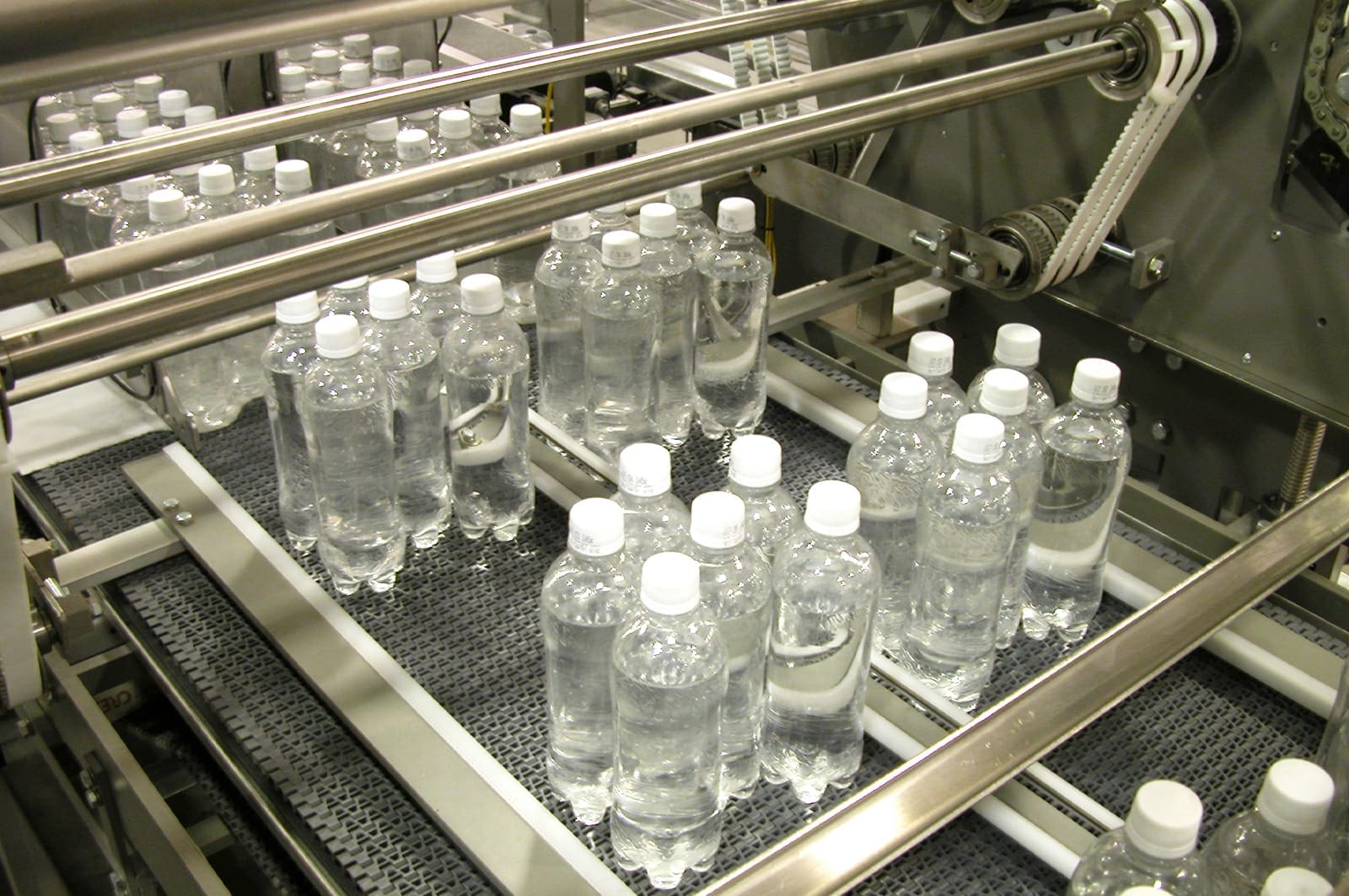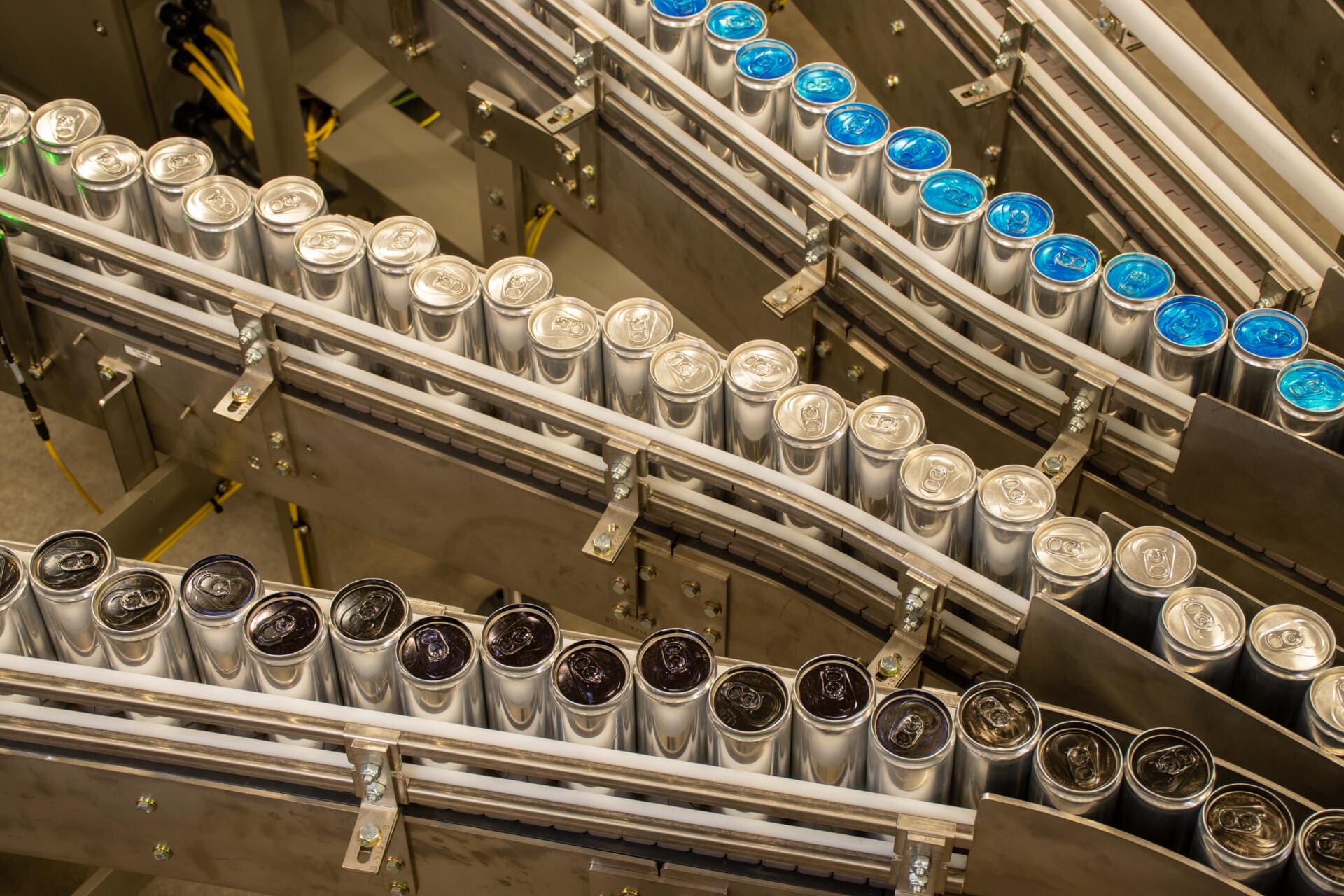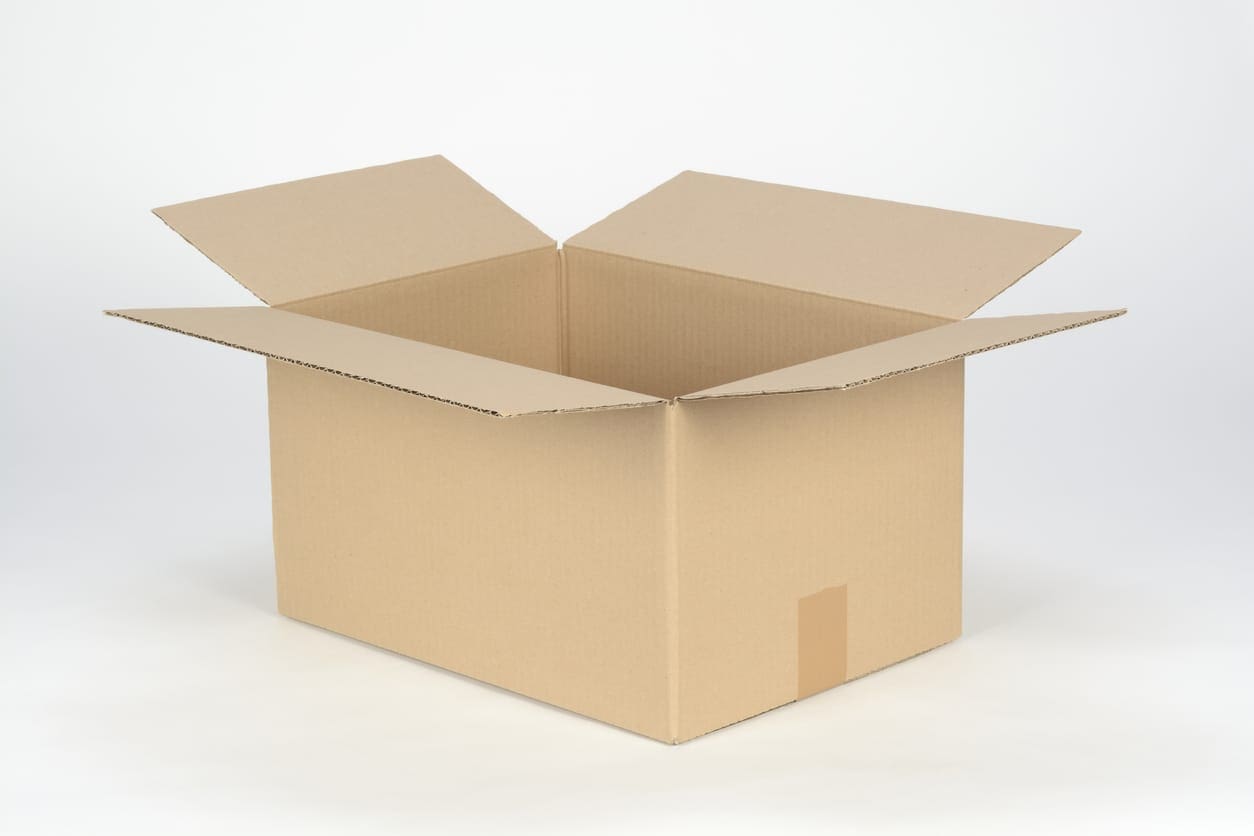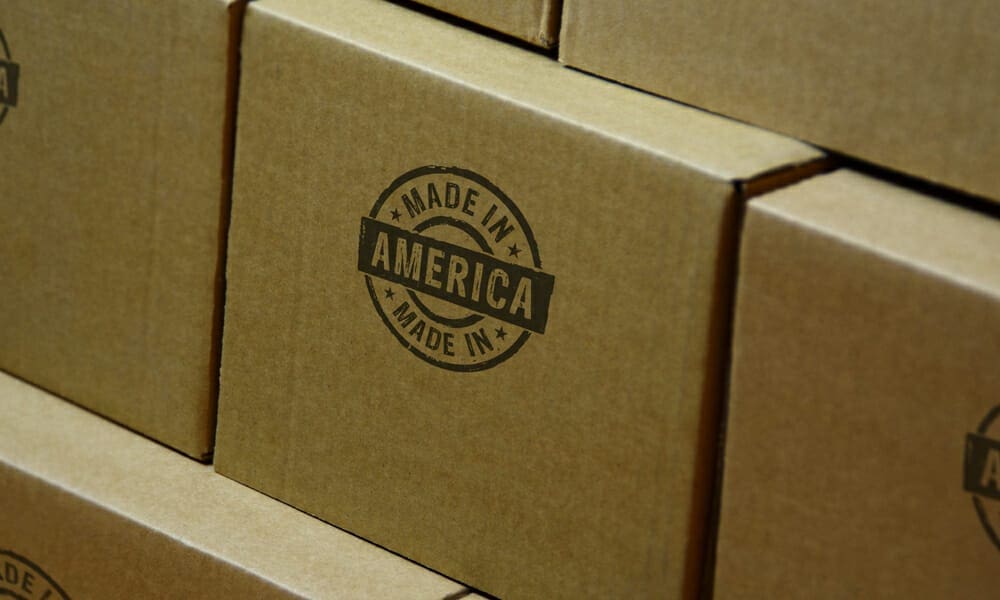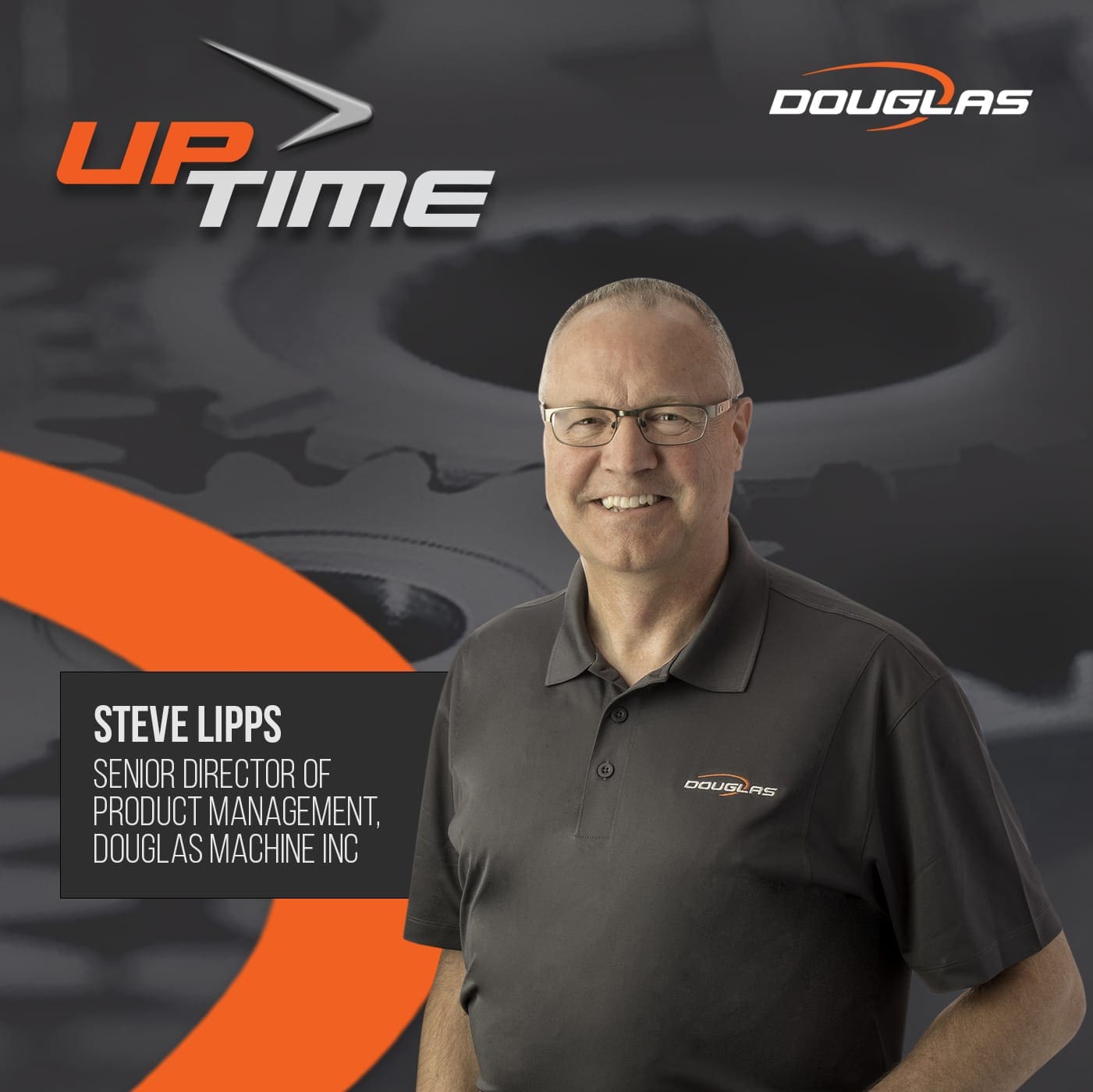The packaging industry has been thriving in recent years. In fact, according to research from the Association for Packaging and Processing Technologies (PMMI), the global packaging market reached a value of over $36.8 billion in 2016. This steady growth is expected to continue up to 42.2 billion by 2021, a Compound Annual Growth Rate (CAGR) of 2.8%. This is particularly true in regions like the Americas, which is predicted to reach a value of $12.6 billion by 2021. In short, it’s a fantastic time to be involved in the secondary packaging industry!
At Douglas, we’re proud to create some of the finest secondary packaging machines in the world. For over 50 years, we’ve been crafting innovative tray packers, case packer machines, and other secondary packaging solutions that position our customers for success. Today, we’ll be taking a look at how environmental changes, automation and other factors are shaping the future of secondary packaging specifically—and a few opportunities these changes create for your business.
How Environmental Change is Impacting Secondary Packaging
It’s no secret that the world is growing more eco-friendly in response to growing environmental concern. In fact, the PMMI’s October report listed heightened sustainability concerns as a key reason for the growth in the packaging industry. Thanks to the many environmental benefits of cellulose-based packaging, more and more Consumer Packaged Goods (CPG) manufacturers are turning to corrugated board-based packaging. Along with its positive impact on the environment at large, corrugated packaging significantly reduces the workload for displaying products—generating positive results within evolving business environments, too.
How Automation is Impacting Secondary Packaging
For CPG manufacturers across every industry, efficiency is one of the many keys to success. Automated packaging empowers these companies to reduce labor costs and redeploy staff to other operations in the business — boosting their bottom line in the process. Today’s secondary packaging machines minimize human error and maximize production speed, fostering faster and smoother business operations.
Take the Douglas OPTX as an example. This advanced shrink wrap system can accommodate a huge range of pack patterns, lending unrivaled flexibility to any shrink wrapping application. Contour™ S-30/60 machines can process up to 30 or 60 cycles per minute (32” film width standard), acting as stand-alone or fully integrated systems. Thanks to secondary packaging solutions like the OPTX™, more CPG manufacturers are making the transition from manual to automated processes—paving the way for more efficient and effective packaging operations worldwide.
How E-commerce is Impacting Secondary Packaging
While the increase in demand for packaging in brick-and-mortar stores is promising, it’s vastly overshadowed by growth of the e-commerce segment—with more consumers turning to online stores and delivered goods than ever before. According to Smithers Pira, the value of this channel was around $28 billion in 2017—and that number is expected to double by year 2023. This growth means increased demand for high-quality secondary packaging solutions.
As new packaging technologies and solutions arise, CPG manufacturers are honing in on the optimal delivery operations for their products. For example, manufacturers of fresh goods are trying to find a proper balance maintaining optimal temperatures without allowing costs to rise too high. According to Packaging Europe, in light of emerging food e-commerce operations, “a combined primary and secondary packaging operation is fundamental” to maintaining commercial validity. Expect more strict industry regulations regarding food freshness in coming years—as well as an increased utilization of combined primary and secondary packaging efforts among leading food brands.
The rise of e-commerce is already impacting the way that secondary packaging machines need to function. For example, many CPG enterprises are looking into new box designs with superior returnability and lighter weight flutings to mitigate the overall size of postal shipments. You can expect secondary packaging machines to adopt new features and functions to accommodate the need for these superior corrugated formats.
As more consumers transition from brick-and-mortar stores to online shops and deliveries, packaging has become even more important as a touch point for brand identity. As a result, more brands are investing in specific secondary packaging styles to create a more impactful unboxing experience for shoppers. From exterior graphics to unique case designs, secondary packaging is poised to play a huge role in the success of current and upcoming e-commerce brands alike.
Embrace the Future of Secondary Packaging
Ready to learn more about what the future holds for secondary packaging? Then be sure to call or message Douglas. Our team can provide all of the information and support your need to navigate the ever-changing world of secondary packaging. Also, be sure to reach out to us for more information on our industry-leading tray packers, case packer machines, shrink wrap systems and other secondary packaging solutions. We can help you find or create the perfect machine for your unique packaging needs. We’re looking forward to hearing from you.
